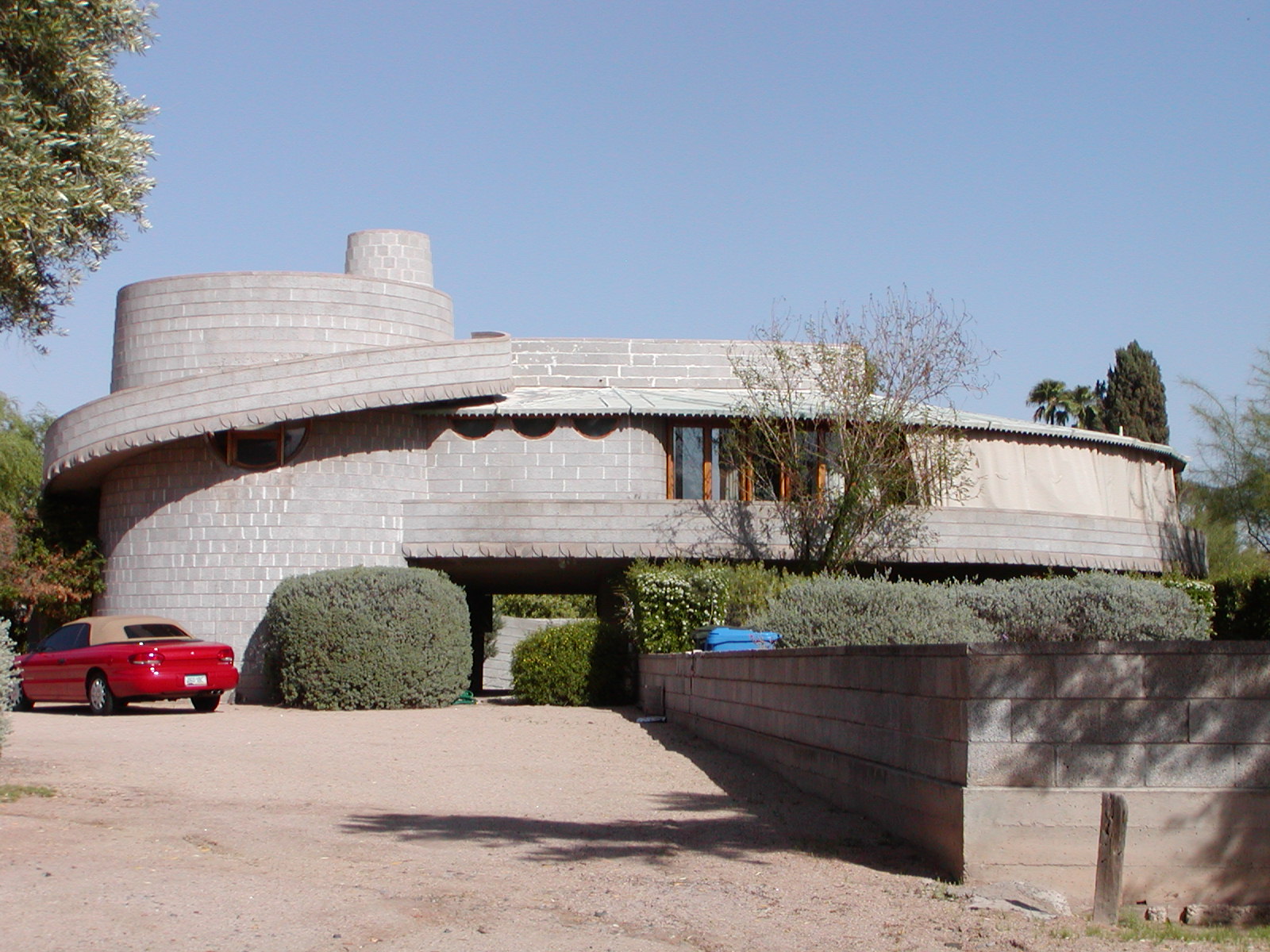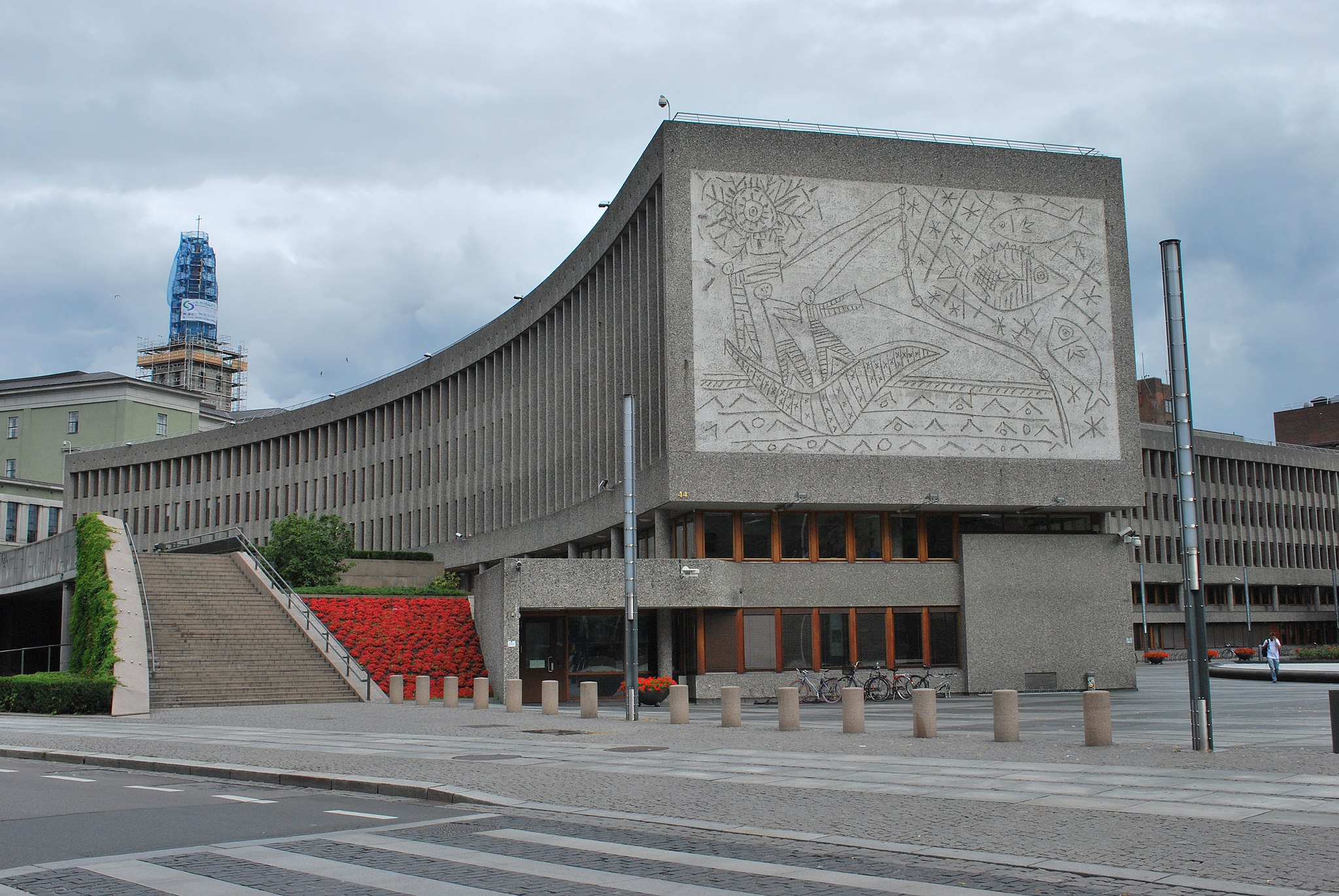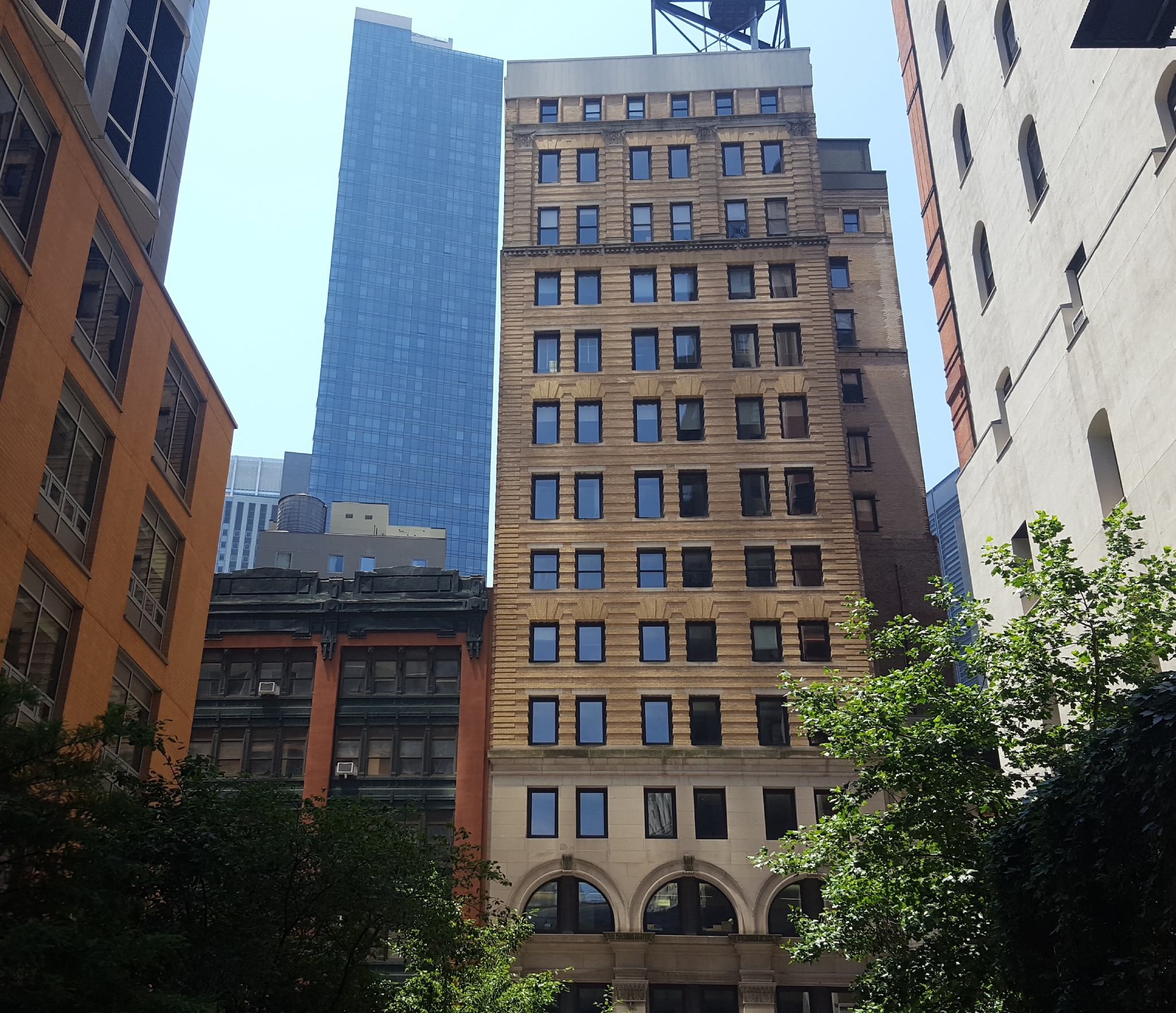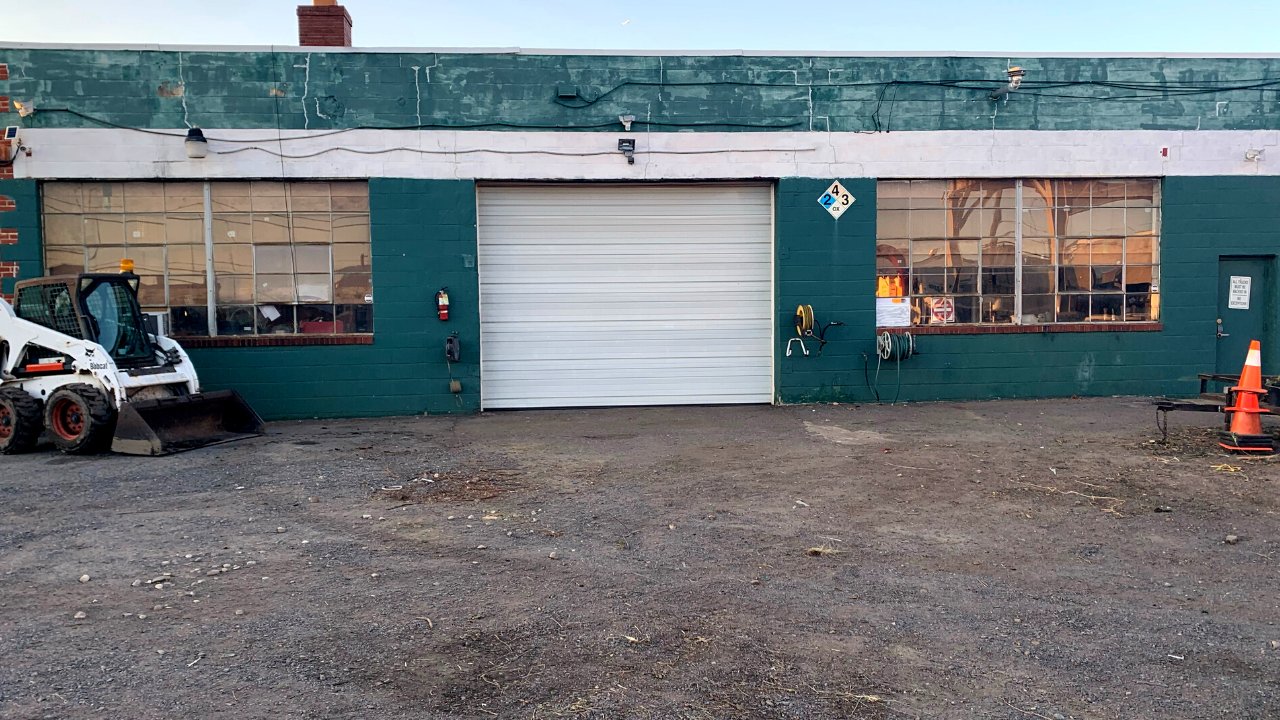During a year marked by upheaval, isolation, and sweeping assessments of how the built environment can better serve a diverse and engaged 21st-century populace, historic preservation played a front-and-center-role in many of AN’s top-trafficked stories.
Over the past 12 months, old and problematic statues have come down and new forms of public art, generated as part of a historic push against social injustice and systemic racism, have gone up; one of the world’s most revered religious structures began to rise from the literal ashes and an international beacon of science and technology came crumbling down; a Prairie-style home was saved in the Chicago ’burbs and a hulking Brutalist civic building was lost in downtown San Jose; meticulous restoration projects were both launched and completed amid a backdrop of high anxiety and financial distress; drag bars and ballparks alike gained historic designation, and the usual antagonists of historic preservation—fires, floods, and new development—were joined by the chaos unfurled by a once-in-a-century pandemic.
Needless to say, it was a busy year for the saving and safeguarding of historic buildings and vital cultural landscapes for future generations. Here are just a few of the stories that resonated most with AN readers.
Public opinion has softened its views on Brutalism. That isn’t enough to stay the wrecking ball.
After news broke in early September that the current owner of the Paul Rudolph-designed Burroughs Wellcome Company headquarters building in Durham, North Carolina, had been issued a demolition permit so that it could raze the 1972 structure (it was expanded in 1986 with an annex, also designed by Rudolph) in its entirety, architecture critic and AN contributor Kate Wagner penned an impassioned remembrance of Brutalist masterworks that have either been bulldozed into history or, like the Burroughs Wellcome building, face a similar fate:
“I write this as a means of processing the impending loss of a building I care deeply about as a historian and as an individual, but also because I believe that the preservation community is facing a hard truth: Their battle is not against one bulldozer-happy company or developer but against an economic system that reduces architecture to an asset that sits upon an even more valuable asset—land. The court of public opinion has no say over the rule of the wallet, and even the success of a decade-long campaign to recuperate Brutalism from the trash heap of history cannot alone save Burroughs Wellcome from the wrecking ball. Time repeats itself—I once sat in a chair in my room on a laptop typing up letters and school assignments devoted to saving the Goshen Building; ten years later, I sit in my office and type this essay about mourning another building by the same architect. Both times, despite it all, grief is mixed with hope.”
Imperiled David and Gladys Wright House in Arizona finds a buyer

The ongoing saga of Frank Lloyd Wright’s David and Gladys Wright House, a spiraling concrete residence completed in 1952 in the now-tony Arcadia neighborhood of Phoenix, Arizona, has seen enough twists and turns over the last several years to inspire a real estate-themed suspense novella.
As we reported in August, the continually imperiled house, a wrecking ball-prone curiosity that for a while seemed destined for a grim conclusion involving the construction of new luxury homes, took a turn for the relief-providing when it was purchased for $7.25 million by buyers (buyers with ties to the college formerly known as the School of Architecture at Taliesin, nonetheless) who have vowed to protect and preserve it.
Norway will demolish Picasso-clad Oslo office building

While the end of this story isn’t necessarily a happy one for the preservationists who rallied to preserve Oslo’s Y-Block—a disused 1960s-era bureaucratic office building in the Norwegian capital’s governmental quarter—with two Pablo Picasso-designed murals sandblasted directly onto its concrete walls fully intact, the globe-spanning movement that it spurred is nothing short of inspiring. The removal of said murals kicked off in July following a years-long legal battle launched by activists who gained international attention–and some prominent supporters—in their tireless crusade to save the building from demolition. The activists believed the rare, site-specific murals and the building itself to be a single, harmonious entity and that separating them as part of a planned redevelopment of the Regjeringskvartalet administrative district was simply unconscionable. The Y-Block and its neighboring buildings also served as a backdrop for the July 22, 2011, domestic terror attacks that rocked Norway. Y-Block suffered only minor cosmetic damage during a car bombing that was part of the attack but shortly thereafter the government opted to tear down the building instead of bestowing it with national heritage status, as was previously planned.
“Breivik wanted to attack social democracy,” Mari Hvattum, a professor of architectural history and theory at the Oslo School of Architecture and Design, told the New York Times of far-right terrorist Anders Behring Breivik in 2017. “He wanted to get rid of the legacy of social democracy in built form, and in living form, in terms of people. To tear this down is to complete his mission.”
The clock is ticking for historic McKim, Mead & White office tower in Lower Manhattan

During the worst weeks of the coronavirus pandemic in New York City, demolition permits were filed for 15–19 Beekman Street, the site of a historically significant late 19th-century Classical Revival office tower, the Vanderbilt Building. Designed by McKim, Mead & White, the 14-story tower serves as a core contributing building to Lower Manhattan’s Fulton-Nassau Historic District, which was federally designated in 2005.
Not long after word spread about the permit, local residents, including members of Community Board 1, as well as architectural historians and preservationists from across the city sprung into action with one major question in mind: Why can’t the building, like so many of its historic neighbors, be reused instead of razed?
“Preservation and adaptive reuse are actually sustainable and successful in that area,” Simeon Bankoff, executive director of the Historic Districts Council, told AN. “The Vanderbilt is a 14-story building that is completely usable. There’s no need for that [demolishing a functional commercial structure and building anew] regardless of its historic importance and regardless of its aesthetic interest.”
Petition calls for Four Seasons Total Landscaping to be named to the National Register of Historic Places

Four Seasons Total Landscaping, a humble northeast Philadelphia landscaping company famously located right off Interstate 95 across from a crematorium and next to an adult bookstore, served as the backdrop for one of the most surreally comic moments of the 2020 presidential election and its aftermath—or at least one of the most surreal moments involving former New York City Mayor Rudy Giuliani, which is saying something. Not long after the November 7 press conference held in the company’s now-infamous parking lot by Donald Trump’s legal team, a petition to add the site to the National Register of Historic Places gained significant traction and, to date, has gained upwards of 5,000 signatures.
Of course, there’s nothing actually historic about the building that the company runs its business out of. However, many believe (with tongues likely planted firmly in cheek) that the confounding role that it played in the election should make it eligible for consideration on the National Parks Service-administered register. “I’m here for this. I haven’t been this jazzed about a nomination since the Longaberger basket,” Lauren Manning, a preservation planner in Kansas City, wrote on Facebook.











